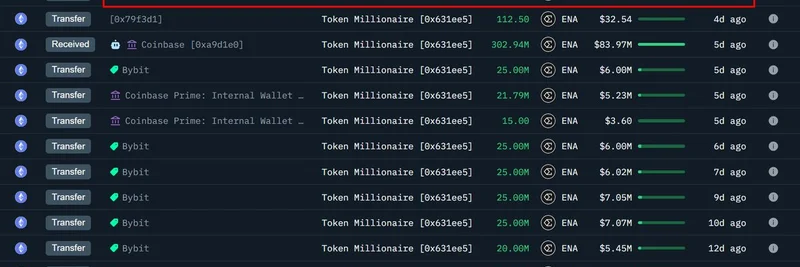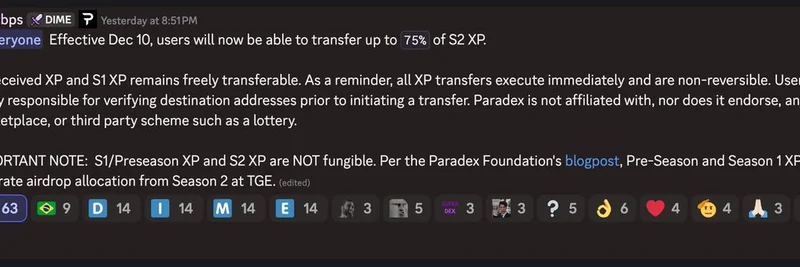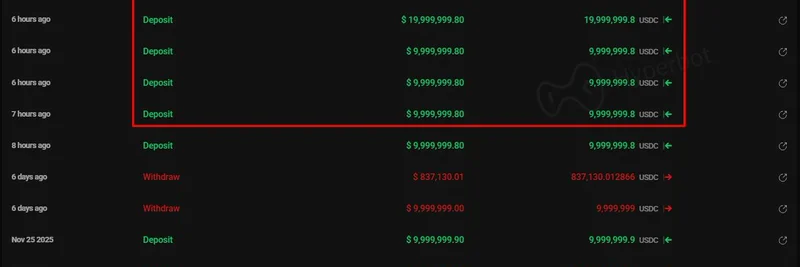Introduction
Hey there, crypto enthusiasts! If you're keeping tabs on the blockchain world, you might have caught this recent tweet from BSC News diving into Theta Network. They shared a project analysis asking the big questions: How does Theta Network actually function, and is its native token $THETA worth your attention? The tweet links to a detailed piece on their site, and as someone who's been in the crypto journalism game for years, I thought it'd be worth breaking it down here at Meme Insider. While we're all about meme tokens, understanding foundational tech like Theta can give you an edge in spotting the next big thing in decentralized ecosystems.
Theta Network isn't your typical hype-driven meme coin—it's a serious player in blockchain infrastructure, focusing on decentralizing AI and media applications. Launched back in 2019, it's evolved from video streaming to a full-fledged platform tackling real-world issues like high costs and scalability in centralized systems. Let's unpack what makes it tick, based on that BSC News analysis.
How Theta Network Operates
At its core, Theta Network combines a blockchain layer with an edge network to create a decentralized setup for computing, storage, and content delivery. Think of it as a peer-to-peer system where users contribute their device's spare resources—bandwidth, storage, or processing power—in exchange for rewards. This edge network, made up of participant devices called edge nodes, helps distribute tasks efficiently, cutting costs dramatically. For video streaming, it can slash expenses by up to 90% by pulling content from nearby nodes instead of distant servers.
The blockchain side handles the heavy lifting for security and transactions. It uses a proof-of-stake (PoS) consensus mechanism, which is energy-efficient compared to proof-of-work, and incorporates directed acyclic graph (DAG) tech for faster processing. This allows for custom subchains with super-quick transaction finality— we're talking 1-2 seconds. Smart contracts are Ethereum-compatible, making it easy for developers to build on top.
A standout feature is the EdgeCloud platform, rolled out in May 2024. It blends decentralized edge computing with big cloud providers like AWS, offering tools for AI tasks such as model training and inference. Recent updates include integration with AWS Trainium chips for cost savings up to 50%, and distributed verifiable inference for running large language models (LLMs) like Llama 3 without trusting a central entity. It's all about making AI more accessible and less reliant on giants like Google or Amazon.
The Role of $THETA Token
$THETA is the governance and staking token of the network, with a fixed supply of 1 billion tokens—no endless inflation here. Holders can stake their $THETA to secure the network, participate in governance, and earn rewards. Over half the supply is already staked, which speaks to community confidence and helps create scarcity by locking up tokens.
There's also a companion token, TFUEL, used for operational costs like payments for relaying video or computing tasks. It's inflationary but has burn mechanisms tied to network usage, which can make it deflationary during busy periods. This dual-token setup keeps things balanced: $THETA for big-picture control, TFUEL for day-to-day ops.
Use Cases in AI and Media
Theta's shining in real-world applications, especially where AI meets media and entertainment. In media, the Theta Video API handles video transcoding and delivery at a fraction of traditional costs, while the Web3 Theater offers decentralized video management with built-in digital rights management (DRM) to protect creators.
On the AI front, it's powering agentic AI tools (think automated agents that handle tasks independently), RAG chatbots for enhanced data retrieval, and on-chain data hubs for collaborative model training. Partnerships are key here—sports teams like Olympique de Marseille use it for AI mascots, while universities like Yonsei apply it for recommendation systems. Even esports orgs like Cloud9 and 100 Thieves are leveraging it for fan engagement and eCommerce personalization.
The network's hybrid model ensures reliability, with fallbacks to cloud providers for compliance needs like GDPR. It's been running smoothly since mainnet, and with validators including heavyweights like Google, Samsung, and Binance, it's got solid backing.
Investment Potential and Challenges
Is $THETA worth your time? The analysis suggests yes, for long-term holders. The fixed supply, high staking rates, and growing enterprise adoption point to scarcity and value appreciation. Partnerships and real-use cases in AI and media could drive demand, especially as decentralized AI becomes hotter amid concerns over centralized control.
That said, it's not without hurdles. Competition from established cloud giants, regulatory uncertainties, and the variability of edge node participation could slow growth. Energy demands for AI are high, but Theta's hybrid routing helps mitigate that. The roadmap looks promising, with expansions into generative AI, 5G integration, and more subchains.
Wrapping Up
Theta Network is positioning itself as a go-to infrastructure for the next wave of decentralized apps in AI and media. If you're into meme tokens, keep an eye on how projects like this could underpin meme-driven content platforms or AI-generated memes in the future. For more insights, check out the original BSC News post. What's your take on Theta—bullish or cautious? Drop your thoughts in the comments!



